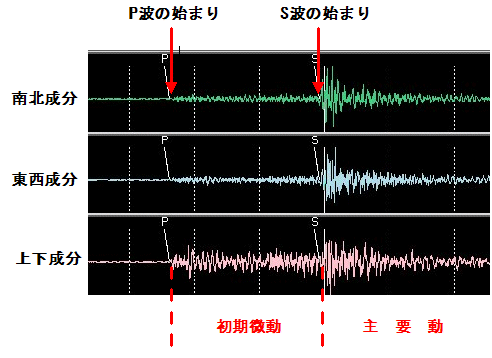
 What you learn in this page is The basic nature of sound .What you learn here is also useful for "Phenomena of Sound" section""Nature of Voice"section.
First of all,let's understand about basics of sound!
What you learn in this page is The basic nature of sound .What you learn here is also useful for "Phenomena of Sound" section""Nature of Voice"section.
First of all,let's understand about basics of sound!What is Sound?
What is sound in the first place? Sound occurs when some object vibrates. People recognize sound when the vibration of the air,caused by the vibration of that object,reaches one's eardrum. The object that vibrates and causes the sound is called a sound source. A turning fork is an example of sound sources.
In the video clip,we hope you have understood how the tuning fork gives rise to sound. Please look around and try to find other sound sourses because there are actyally many. When people speak, the vibration of the vocal cords leads to the vibration of the air.(Nature of Voice)
Please refer to the following illustration.

Once again,sound occurs when some sound source vibrates.
Then let's think about how the vibration is tansmitted.
Top↑
Different Types of Wavws
As we have explained,the vibration of a sound source causes the vibration of the air around it,one after another.This soccessive transmission of vibration is called "wave"Let's learn about this "wave" first.What do you imagine when you hear the word "wave"? You will probably think of the wave of water,etc.Actually there are two types of waves:Longitodinal wave and Transverse wave.


In the case of Longitodinal wave,the direction of travel is parallel to that of vibration. In the case of Transverse wave, the direction of travel is vertical to that of vibration.Examples of Longitodinal wave are a sound wave and P-wave(primary wave).Transverse waves include the wave of water and S-wave(secondary wave).As you can see in the illustration above.Longitodinal wave has high-compressed part(The Think middle)low-compressed parts(the sparse right & left)So another name for Longitodinal wave is "compressional wave".
■What is the difference between Longitudinal wave snd Transverse wave?
Let' check the difference between Longitodinal wave(e.g. sound wave) and Transverse wave(e.g. wave of water).First, the speed of transmission is different.Let us take an earthquake as an example.As we said,P-waves are longitudinal and S-waves are transverse. P-waves,which travel faster than S-waves,cause prelimitary tremors.If you refer to the following graph,you will clerly see which waves(P-waves or S-waves)travel faster. This difference is also true of the relation between Longitudinal waves and transverse waves:the former travel faster than the latter.

※出典:Ishigakijima Local Meteorological Observatory home page-石垣島地方気象台ホームページ(http://www.jma-net.go.jp/ishigaki/school/200301/jisin01.htm)
「地震計の記録」(石垣島地方気象台ホームページより)
The second difference is the mediums of travel.Longitudinal wave travels by its high/low compression and the medium needs the elasticity to return the compression to its original state.Transverse wave needs the medium which allows for lateral shift and then returns to the original state.It is called "Shear elasticity" Liguid and gaseous matters do not have the elasticity to return the lateral-shifted condition to the normal and so transverse wave transmits only through solid matter.Longitudinal wave transmits not only through gaseous mattee(e.g. air)but also through liguid and solid matters.However,sound does not travel through vacuum space.
Topへ↑

For summary
※Click each parenthesis and the answer appears.
・Sound occurs because of the vibration of (sound source),the origin of sound.
・The successive transmission of the original vibration through the air is called (successive).
・There are two different types of waves:Longitodinal one and Transverse one.Sound is (Longitodinal wave)
・In order for a Transverse wave to travel,the medium of travel needs to allow for lateral shift and have the resilience to return to the normal state.It is called (Shear elasticity)
↑Trans mission medium and Sound
※Click each parenthesis and the answer appears.
・Sound occurs because of the vibration of (sound source),the origin of sound.
・The successive transmission of the original vibration through the air is called (successive).
・There are two different types of waves:Longitodinal one and Transverse one.Sound is (Longitodinal wave)
・In order for a Transverse wave to travel,the medium of travel needs to allow for lateral shift and have the resilience to return to the normal state.It is called (Shear elasticity)



